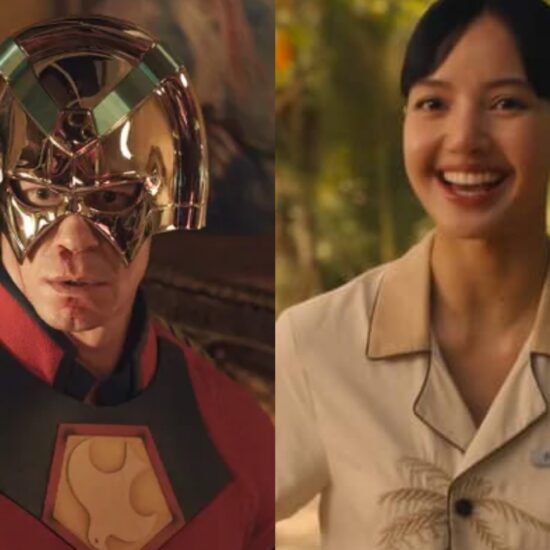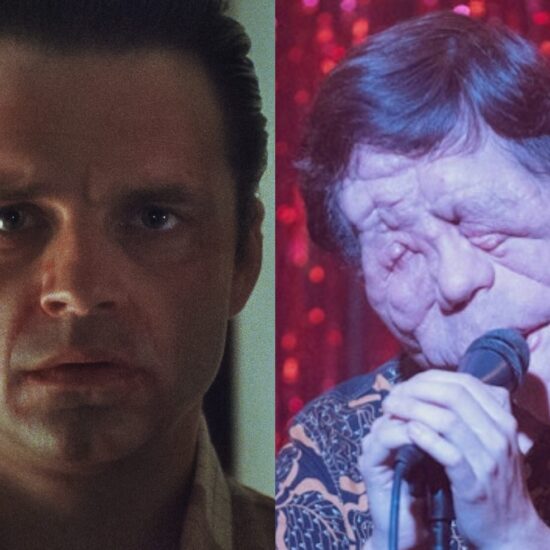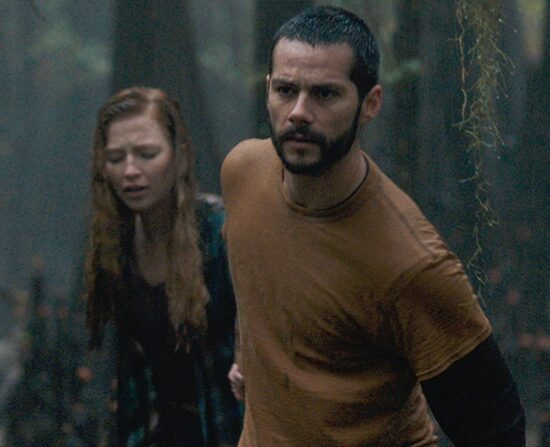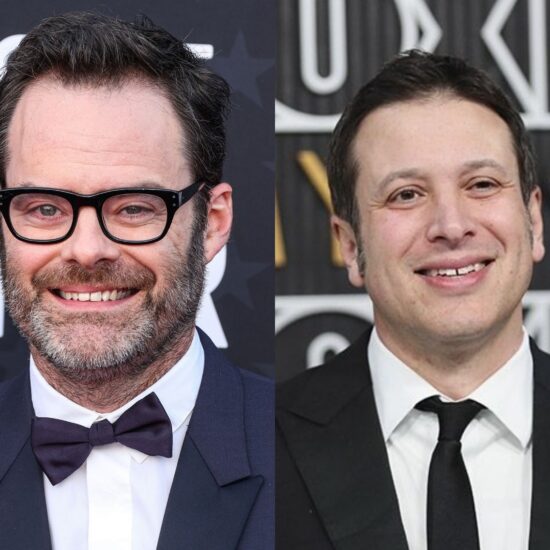
Richard Lester kicks off A Hard Day’s Night at full speed—no studio logo, no establishing shots, just the crash of the title’s song opening chord and three moptops (Paul turns up later) running frantically toward the camera, pursued by rabid fans. Thing is, though, the opening conveys a feeling of liberation that the Beatles didn’t actually possess, as A Hard Day’s Night will go on to puckishly demonstrate. The Fab Four are smiling broadly as they make their mad dash for the Liverpool train station in the opening sequence, as if they’re having the time of their lives, but it’s significant that the screenplay they commissioned from Alun Owen is almost entirely about how trapped they feel, just a few months into Beatlemania (a term that was coined in October 1963—shooting started in March 1964). Structurally, A Hard Day’s Night builds toward a climactic television performance, depicting what’s ostensibly a typical day in the life of the Beatles. This mostly involves efforts to elude their manager (a fictional one, here, played by Norman Rossington), who’d prefer to see them locked down in a hotel room answering armfuls of fan mail, and have a bit of fun. In the film’s most iconic sequence, the lads sneak out a fire-escape door as they’re being shuttled back to the room following a rehearsal, cavorting around a field accompanied by the effervescent “Can’t Buy Me Love.” Lester sometimes shoots them in fast motion, sometimes in a flurry of quick cuts, sometimes from a great height—whatever will best capture the giddiness of having temporarily slipped away from the straitjacket of their unprecedented fame. At the same time, though, A Hard Day’s Night is careful not to make the Beatles seem ungrateful; there’s no discussion, for example, of how little the band came to enjoy performing live (to the point where they eventually gave it up completely), due to their inability to hear themselves over the noise. [Mike D’Angelo]














